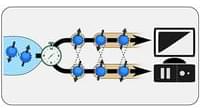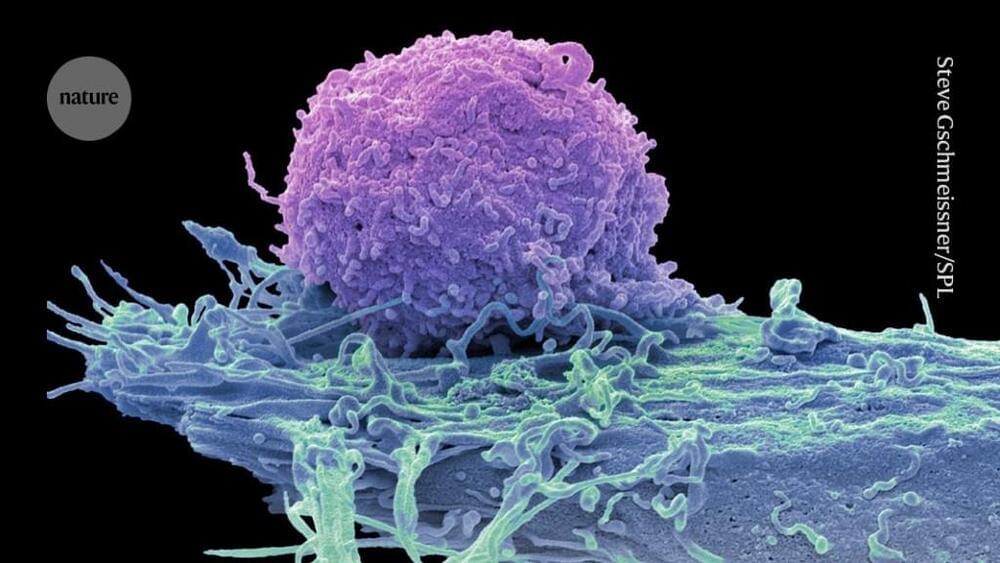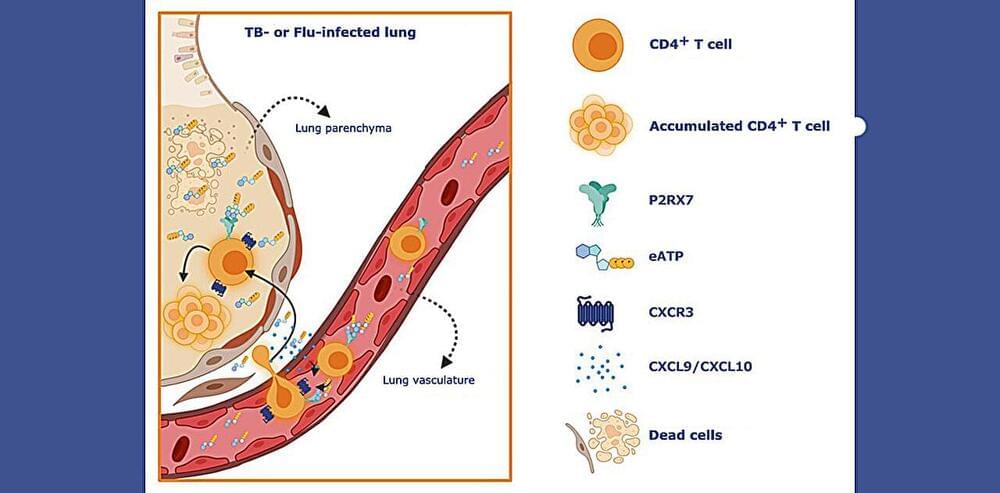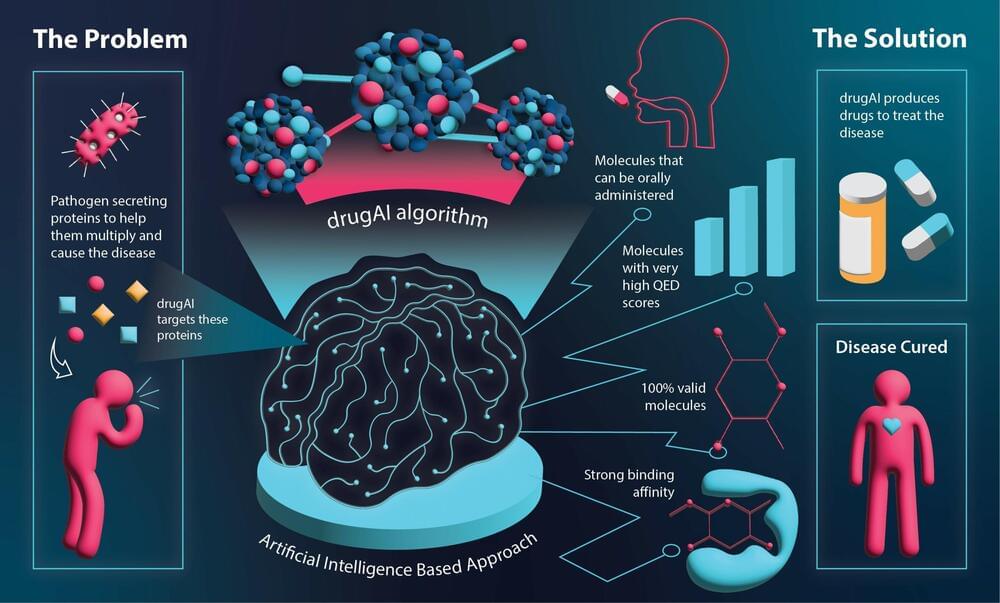To create the breakthrough model, researchers integrated two cutting-edge #AI techniques for the first time in the fields of #bioinformatics and #Cheminformatics : the well-known “Encoder-Decoder Transformer architecture” and “Reinforcement Learning via Monte Carlo Tree Search” (RL-MCTS).
Generative artificial intelligence platforms, from ChatGPT to Midjourney, grabbed headlines in 2023. But GenAI can do more than create collaged images and help write emails—it can also design new drugs to treat disease.
Today, scientists use advanced technology to design new synthetic drug compounds with the right properties and characteristics, also known as “de novo drug design.” However, current methods can be labor-, time-, and cost-intensive.
Inspired by ChatGPT’s popularity and wondering if this approach could speed up the drug design process, scientists in the Schmid College of Science and Technology at Chapman University in Orange, California, decided to create their own GenAI model, detailed in a new paper, “De Novo Drug Design using Transformer-based Machine Translation and Reinforcement Learning of Adaptive Monte-Carlo Tree Search,” appearing in the journal Pharmaceuticals.







